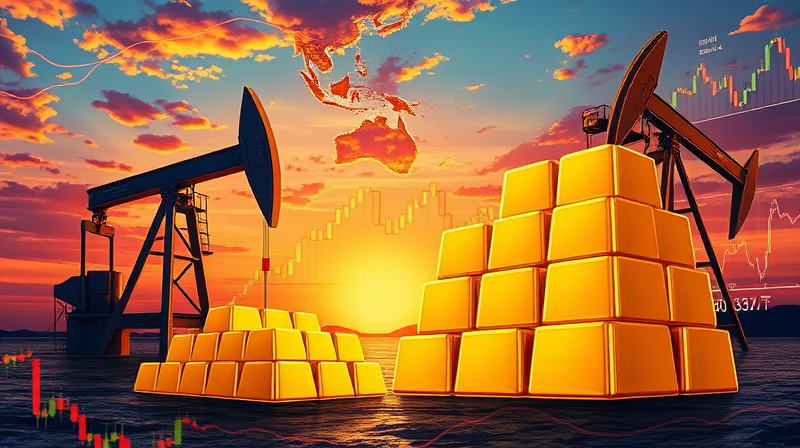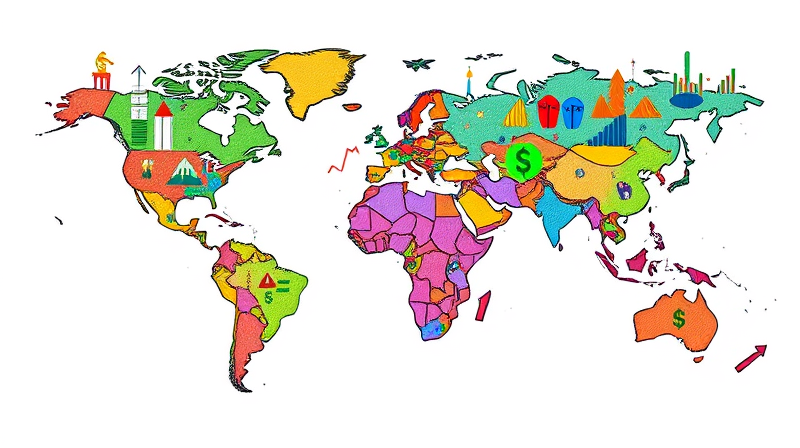
In a world of ever-shifting markets and economic uncertainty, commodities offer investors a tangible way to capture value and manage risk. From the glint of gold bullion to the deep wells of crude oil, these physical assets and their financial derivatives can provide portfolio diversification benefits and a buffer against inflationary pressures. Drawing on 2025’s latest data, this article explores why commodities matter, how to invest, and what lies ahead.
Commodity investing involves gaining exposure to physical goods—such as metals, energy, and agricultural products—or to financial instruments that represent these goods, including futures contracts and exchange-traded funds (ETFs). Investors are drawn by the potential for high returns, especially when broad markets stumble, and by the opportunity to hedge against rising prices.
Unlike equities or bonds, commodity values are driven by fundamentals like supply-and-demand imbalances, geopolitical events, weather patterns, and technological shifts. These drivers create unique risk and reward dynamics that can enhance a diversified portfolio.
Commodities fall into two main categories, each with its own market behaviors and risk profiles. Understanding these distinctions is critical for constructing a balanced commodity allocation.
Gold has outperformed many asset classes, delivering long-term returns of about 660% since 2000. Central bank purchases—led by China—alongside inflation fears and geopolitical uncertainty continue to drive demand.
Historically, gold is prized as a reliable store of value and an inflation hedge. During the 2022 inflation spike, gold prices rose sharply, demonstrating its role as a counterbalance to currency debasement and market turmoil.
Crude oil underpins global transportation, manufacturing, and energy production. Prices remain highly sensitive to OPEC decisions, geopolitical events, and infrastructural investment. A decade-long fall in capex across the industry has resulted in limited new production projects, which may sustain upward price pressure.
Most investors access oil through futures contracts or ETFs such as the United States Oil Fund. Leveraged products offer magnified exposure but come with substantial risk of amplified losses.
Commodities often exhibit low correlation with equities and bonds, making them powerful tools for smoothing overall portfolio volatility. In 2022, for example, the Bloomberg Commodity Index surged over 16% while the S&P 500® and major bond indices declined.
During periods of sticky inflation—US CPI averaged 2.9% in December 2024—commodity prices tend to rise, preserving purchasing power and offsetting losses in traditional fixed-income holdings.
Several macro themes support commodities in 2025:
These forces may continue to drive commodity values, benefiting investors with strategic exposure.
Commodity markets carry unique hazards. Prices swing sharply on geopolitical news, extreme weather, or policy changes. Instruments like futures and leveraged ETFs can exacerbate gains and losses, demanding solid risk management.
Environmental regulations—especially around net-zero transitions—could reshape demand for fossil fuels, while geopolitical tensions can abruptly disrupt supply chains. A lack of specialized knowledge can leave investors vulnerable to sudden price reversals.
Investing effectively in commodities requires a clear plan, reliable platforms, and disciplined risk controls. Follow these steps:
Starting small and using simulated trading accounts can build confidence before deploying significant capital.
These figures underscore commodities’ historic capacity to outperform and protect purchasing power during turbulent periods.
By weaving commodities into a broader investment strategy, individuals can tap into the enduring value of physical goods, secure returns uncorrelated to conventional assets, and build resilience against inflationary shocks. Whether through gold bars in a safe, oil futures, or targeted ETFs, the world of commodities offers avenues to capture growth and manage risk in uncertain times.
References













